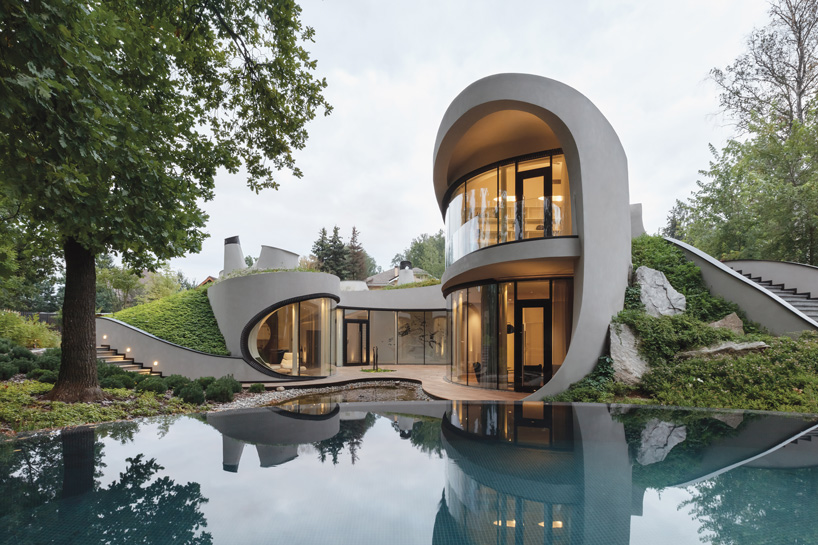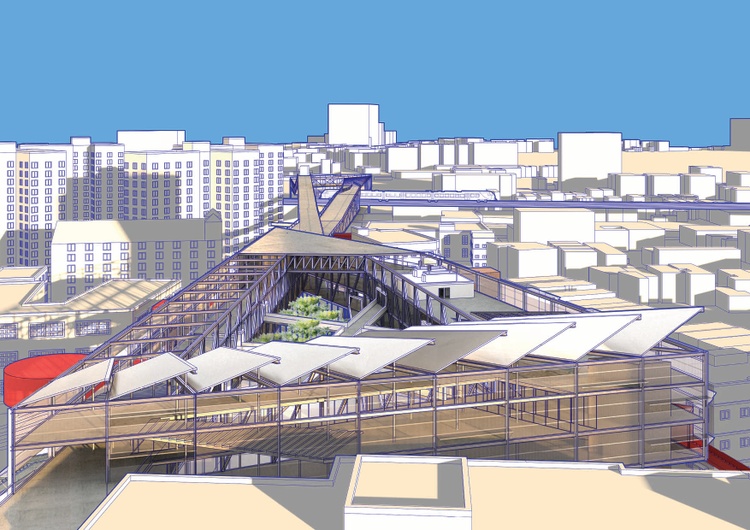How CDA Architects Provide Cutting-Edge Solutions for Sustainable Style
How CDA Architects Provide Cutting-Edge Solutions for Sustainable Style
Blog Article
The Influence of Technical Advancements on the Design Practices of Contemporary Architects
The fast evolution of technical tools has considerably reshaped the style landscape for contemporary architects, fostering unmatched degrees of development and sustainability. Exploring these dynamics discloses a nuanced interplay between innovation and conventional layout methods, triggering a closer examination of what the future holds for building methods.
Advancement of Architectural Tools
Exactly how have building devices changed the layout and building procedures over the centuries? The advancement of architectural tools has actually substantially affected the effectiveness, accuracy, and imagination of style and construction.
With the arrival of the Renaissance, the introduction of the compass and the protractor marked a crucial change. These tools enabled engineers to attain higher precision in their layouts, promoting the development of even more intricate and in proportion structures (cda architects). The Industrial Transformation better changed building technique with the introduction of mechanized devices and materials, enabling bigger and more enthusiastic projects
In the 20th century, the advancement of computer-aided layout (CAD) software program transformed the landscape once again, supplying architects with unprecedented capabilities in modeling and visualization. Today, advanced devices such as Structure Details Modeling (BIM) and parametric style software remain to press the borders of building development, making it possible for a much more incorporated method to layout and construction processes.

Improved Cooperation in Layout
As innovation proceeds to evolve, boosted cooperation in design has ended up being a foundation of modern building method. The combination of electronic tools such as Structure Details Modeling (BIM), cloud-based systems, and progressed visualization software application has transformed the way engineers, designers, and stakeholders communicate throughout the layout procedure. These devices promote real-time communication, allowing groups to share ideas, adjustments, and comments instantly, despite geographical place.
In addition, virtual fact (VR) and increased reality (AR) have more enriched joint efforts by allowing immersive experiences that enable customers and staff member to visualize jobs in a more engaging fashion. This degree of communication not only boosts understanding yet likewise cultivates a feeling of possession among stakeholders, resulting in even more enlightened decision-making.
Furthermore, interdisciplinary cooperation has been streamlined through these technical developments, enabling designers to function a lot more very closely with various other specialists, such as urban coordinators and ecological specialists. The outcome is an extra cohesive method to create that considers numerous perspectives and proficiency. Inevitably, boosted collaboration in layout is not simply a fad; it is essential for developing innovative, functional, and cosmetically pleasing architecture in a significantly complicated globe.
Sustainability Through Technology
Sustainability in architecture has increasingly come to be intertwined with technological development, driving the industry toward environmentally accountable techniques - cda architects. Contemporary designers are leveraging sophisticated modern technologies to minimize environmental impact while boosting the efficiency of buildings. One prominent example is using Structure Info Modeling (BIM), which enables for exact planning and source allowance, decreasing waste throughout building and construction and advertising energy effectiveness throughout a building's lifecycle
In addition, smart materials and energy-efficient systems are being incorporated right into designs to enhance source usage. Technologies such as solar batteries and eco-friendly roof systems harness eco-friendly energy resources, adding to decreased carbon footprints. Furthermore, the application of man-made knowledge in layout procedures enables architects to imitate and examine power consumption, leading decisions towards more lasting results.
The combination of sustainable innovations not just lines up with worldwide environmental goals yet additionally satisfies an enhancing need from customers for green options. As designers accept these innovations, the focus moves towards developing areas that are not just aesthetically pleasing but likewise functionally sustainable, consequently redefining the criteria of modern architecture. By doing this, technology works as a driver for sustainability, enabling designers to make buildings that respect and improve the native environment.
Obstacles in Implementation
While technical innovations in design hold terrific guarantee for improving sustainability, their application commonly comes across considerable difficulties. One key barrier click site is the high knowing contour related to brand-new technologies. Designers and building and construction specialists might need substantial training to properly make use of innovative software and tools, which can postpone task timelines and boost costs.
In addition, the combination of emerging innovations, such as Structure Info Modeling (BIM) and lasting products, typically requires cooperation throughout multidisciplinary teams. This collaboration can be impeded by differences in experience, process, and communication styles, bring visit about prospective conflicts and ineffectiveness.
Financial restraints even more complicate the adoption of innovative innovations. Lots of architectural firms, specifically smaller sized ones, may lack the resources to purchase innovative devices, restricting their ability to complete with larger companies that can manage such financial investments.
In addition, governing frameworks and structure codes might not equal technological improvements, producing uncertainty and possible compliance concerns. This obstacle can prevent engineers from fully accepting brand-new modern technologies, as the risk of non-compliance might surpass the benefits. As a result, attending to these implementation difficulties is essential for the effective combination of technological improvements in modern architectural practices.
Future Fads in Architecture
The difficulties connected with the implementation of brand-new modern technologies in design have actually triggered a reevaluation of future trends within the industry. As architects browse problems such as sustainability, urbanization, and social equity, they are progressively embracing innovative modern technologies to improve style efficiency and ecological performance.
One famous fad is the assimilation of expert click this system (AI) in the style procedure. AI devices can assess vast datasets to notify style choices, enhancing both imagination and performance. In A Similar Way, Building Info Modeling (BIM) remains to evolve, allowing real-time collaboration among stakeholders and helping with streamlined project management.
Lasting design techniques are also acquiring energy, with architects focusing on adaptive reuse and regenerative layout principles that decrease resource usage and waste. The unification of wise products and renewable resource sources will certainly additionally enhance the durability of structures in the face of climate change.
Furthermore, the increase of parametric layout enables more individualized and context-sensitive building options. By using these improvements, engineers are positioned to create built atmospheres that not only deal with the immediate demands of society yet additionally prepare for future challenges, consequently redefining the duty of style in an ever-changing world.
Conclusion

Report this page